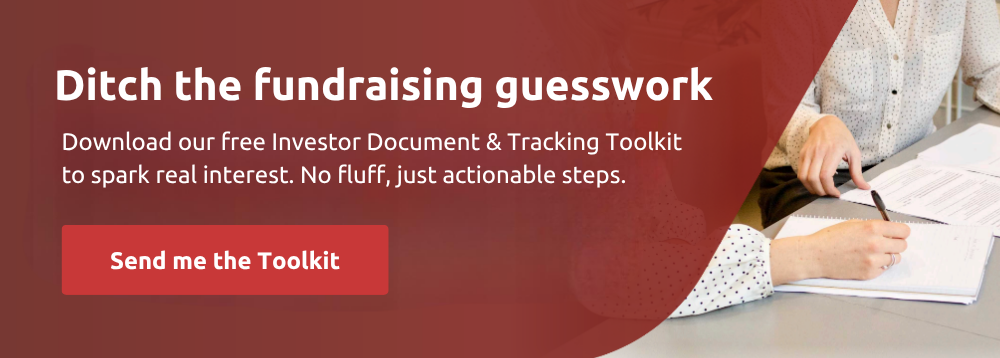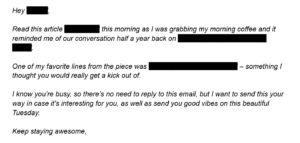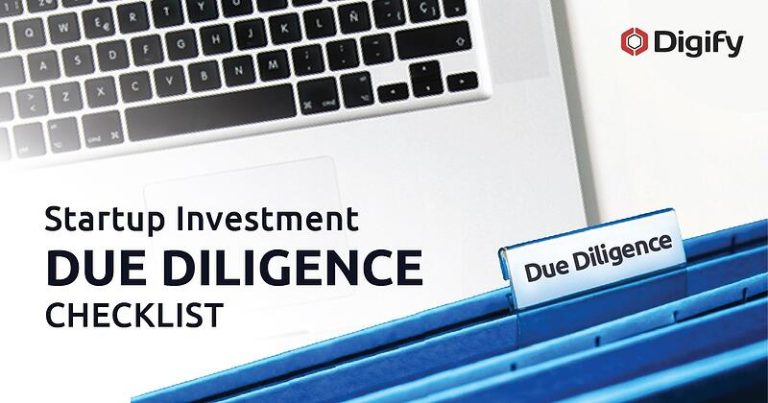Digify note: This guest article has been written by our friend David Zhou, who is well connected in the IR and VC world. He also shares his musings on his personal blog. Here, he offers a candid guide to investor relations, sharing unconventional yet deeply practical strategies for building lasting relationships with LPs beyond fundraising cycles.
Author’s note: My promise to you is that we’ll share advice you’ve likely never heard before. If you’re intimidated by the time you get to the end of this article, then we’ll have done our job. Because that’s what it takes to fight in the same arena as people I’ve personally admired over the years. That said, this won’t be comprehensive, but a compilation of N of 1 practices that hopefully serve as tools in your toolkit. This article is part 1 of a 2-part series. Here, I share the overarching frameworks that govern how I think about managing relationships. The second focuses on tactical elements governed by these frameworks.
One of the best pieces of advice I got when I started as an investor relations professional was that you never want your first conversation with an allocator to be an ask. To be fair, this piece of advice extends to all areas of life. You never want your long-anticipated catch up with a childhood friend to be about asking for a job. You never want the first interaction with an event sponsor to be one where they force you to subscribe to their product. Similarly, you never want your first meeting with an LP to be one where you ask for money.
And in my years of being both an allocator and the Head of IR (as well as in co-building a community of IR professionals), this extends across regions, across asset classes, and across archetypes of LPs.
So, this begs the question, how do you build and, more importantly, retain rapport with LPs outside of fundraising cycles? The foundation of any successful LP relationship lies in consistent engagement beyond capital asks.
To do this successfully, you need two frameworks, which I like to call:
- Three hats on the ball
- Scientists, celebrities, and magicians
Three hats on the ball
This is something I learned from Rick Zullo, founding partner of Equal Ventures. The saying itself takes its origin from American football. (Yes, I get it; I’m an Americano). And I also realize that football means something completely different for everyone based outside of our stars and stripes. The sport I’m talking about is the one where big muscular dudes run at each other at full force, fighting over a ball shaped like an olive pit. And in this sport, the one thing you learn is that the play isn’t dead unless you have at least three people over the person running the ball. One isn’t enough. Two leaves things to chance. Three is the gamechanger.
The same is true when building relationships with LPs. You should always know at least three people at the institutions that are backing you. You never know when your primary champion will retire, switch roles, go on maternity leave, leave on sabbatical, or get stung by a bee and go into anaphylactic shock. Yes, all the above have happened to people I know. Plus, having more people rooting for you is always good.
Institutions often have high employee turnover rates. CIOs and Heads of Investment cycle through every 7-8 years, if not less. And even if the headcount doesn’t change, LPs, by definition, are generalists. They need to play in multiple asset classes. And venture is the smallest of the small asset classes. It often gets the least attention.
So, having multiple champions root for you and remind each other of something forgotten outside of the deal room helps immensely. Your brand is what people say about you when you’re not in the room. Remind people why they love you. And remind as many as possible, as often as possible. This multi-touch approach is essential for nurturing a robust LP relationship strategy.
Scientists, celebrities, and magicians
My buddy Ian Park told me this when I first became an IR professional. “In IR, there are product specialists and there are relationship managers. Figure out which you’re better at and lean into it.” Since then, he’s luckily also put it into writing. In essence, as an IR professional, you’re either really good at building and maintaining relationships or can teach people about the firm, the craft, the thesis, the portfolio, and the decisions behind them.
To caveat ‘relationship managers,’ I believe there are two kinds: sales and customer success. Sales is really capital formation. How do you build (as opposed to maintain) relationships? How do you win strangers over? This is a topic for another day. For now, we’ll focus on ‘customer success’ later in this piece.
There’s also this equation that I hear a number of Heads of IR and Chief Development Officers use.
track record X differentiation / complexity
I don’t know the origin, but I first heard it from my friends at General Catalyst, so I’ll give them the kudos here.
Everyone at the firm should play a key role influencing at least one of these variables. The operations and portfolio support team should focus on differentiation. The investment partners focus on the track record. Us IR folks focus on complexity. And yes, everyone does help everyone else with their variables as well.
That said, to transpose Ian’s framework to this function, the relationship managers primarily focus on reducing the size of the denominator. Help LPs understand what could be complex about your firm through regular catchups—these touchpoints are crucial for maintaining a strong LP relationship:
- Why are you increasing the fund size?
- Why are you diversifying the thesis?
- How do you address key person risk?
- Why are you expanding to new asset classes?
- Are you on an American or European waterfall distribution structure?
- Why are you missing an independent management company?
- Who will be the GP if the current one gets hit by a bus?
The product specialists split time between the numerator and the denominator. They spend intimate time in the partnership meetings, and might potentially be involved in the investment committee. Oftentimes, I see product specialists either actively building their own angel track record and/or working their way to become full-time investment partners.
One of my favorite laws of magic by one of my favorite authors, Brandon Sanderson, is his first law: “An author’s ability to solve conflict with magic is directly proportional to how well the reader understands said magic.”
In turn, an IR professional’s ability to get an LP to re-up is directly proportional to how well the LP understands said magic at the firm.
My friend and former Broadway playwright, Michael Roderick, once said, the modern professional specializes in three ways:
- The scientist is wired for process. The subject-matter expert. They thrive on the details, the small nuances most others would overlook. They will discover things that revolutionize how the industry works. The passionately curious.
- The celebrity. They thrive on building and maintaining relationships. And their superpower is that they can make others feel like celebrities.
- The magician thrives on novelty. Looking at old things in new ways – new perspectives. The translator. They’re great at making things click. Turning arcane, esoteric knowledge into something your grandma gets.
The product specialists are the scientists. The relationship managers are the celebrities. But every IR professional, especially as you grow, needs to be a magician.
Going back to the fact that most LPs are generalists, and that most venture firms look extremely similar to each other, you need to be able to describe the magic and your firm’s ‘rules’ for said magic to your grandma.
In part 2, I share some individual tactics I’ve worked into my rotation. Most are not original in nature, but borrowed, inspired, and co-created with fellow IR professionals.









